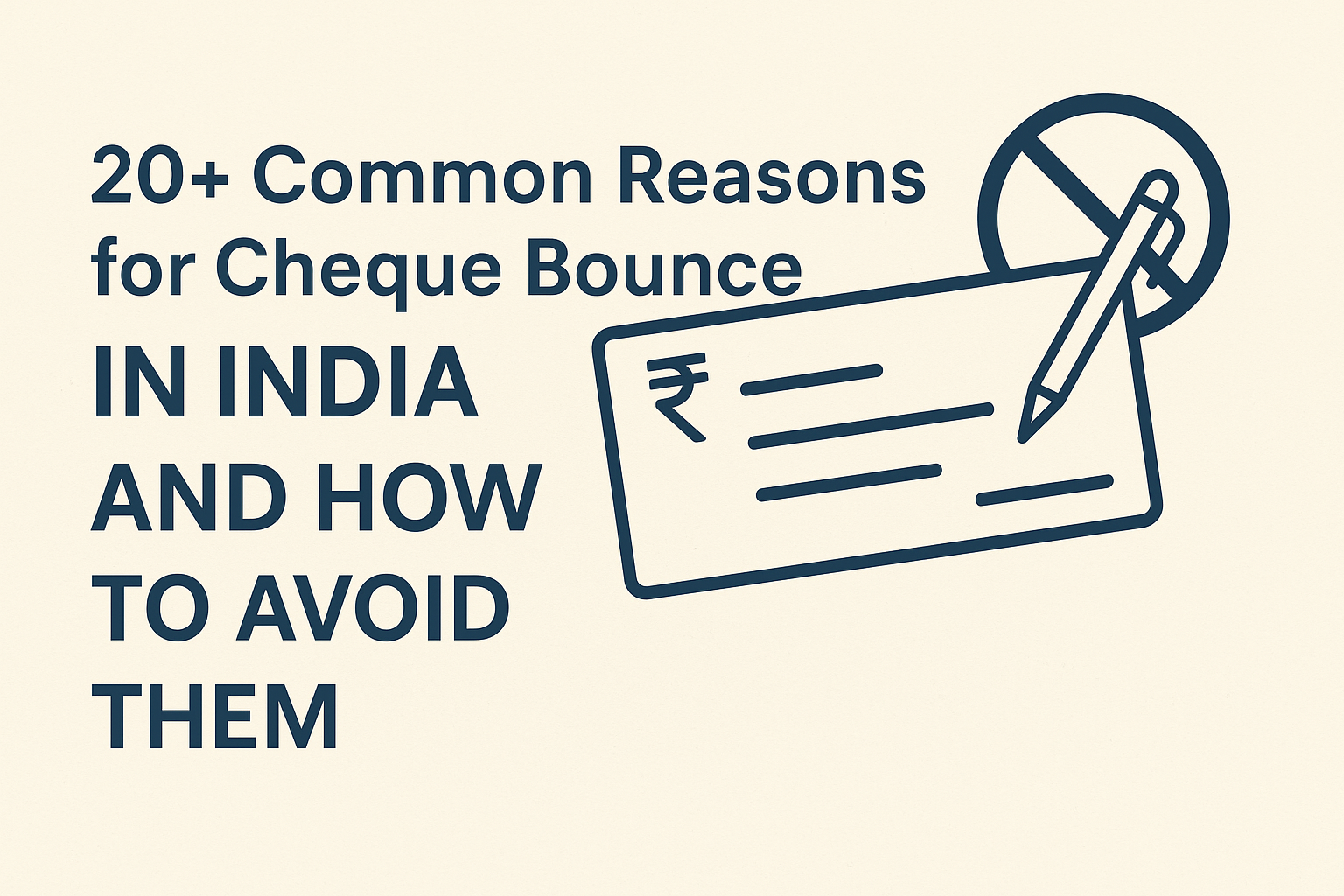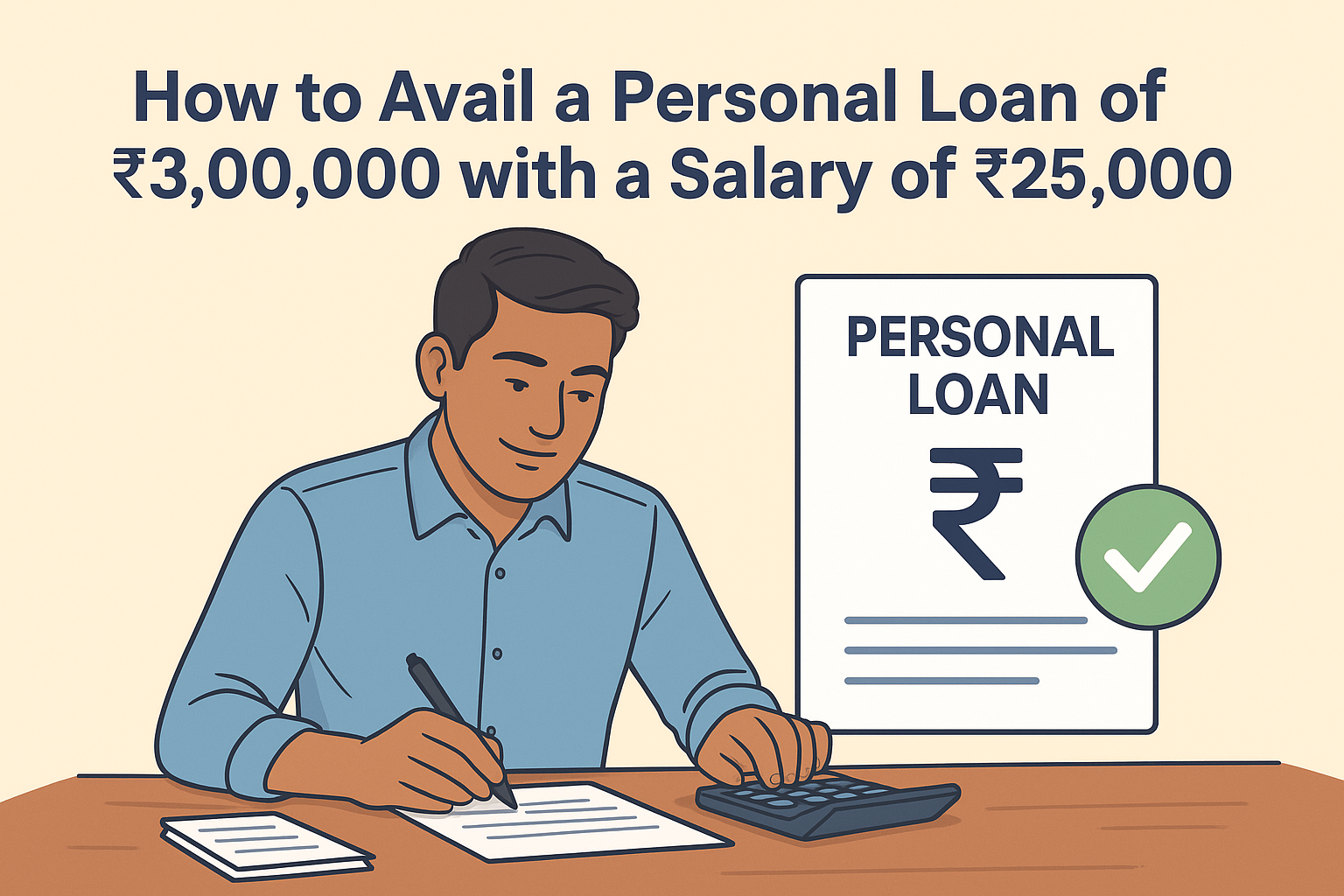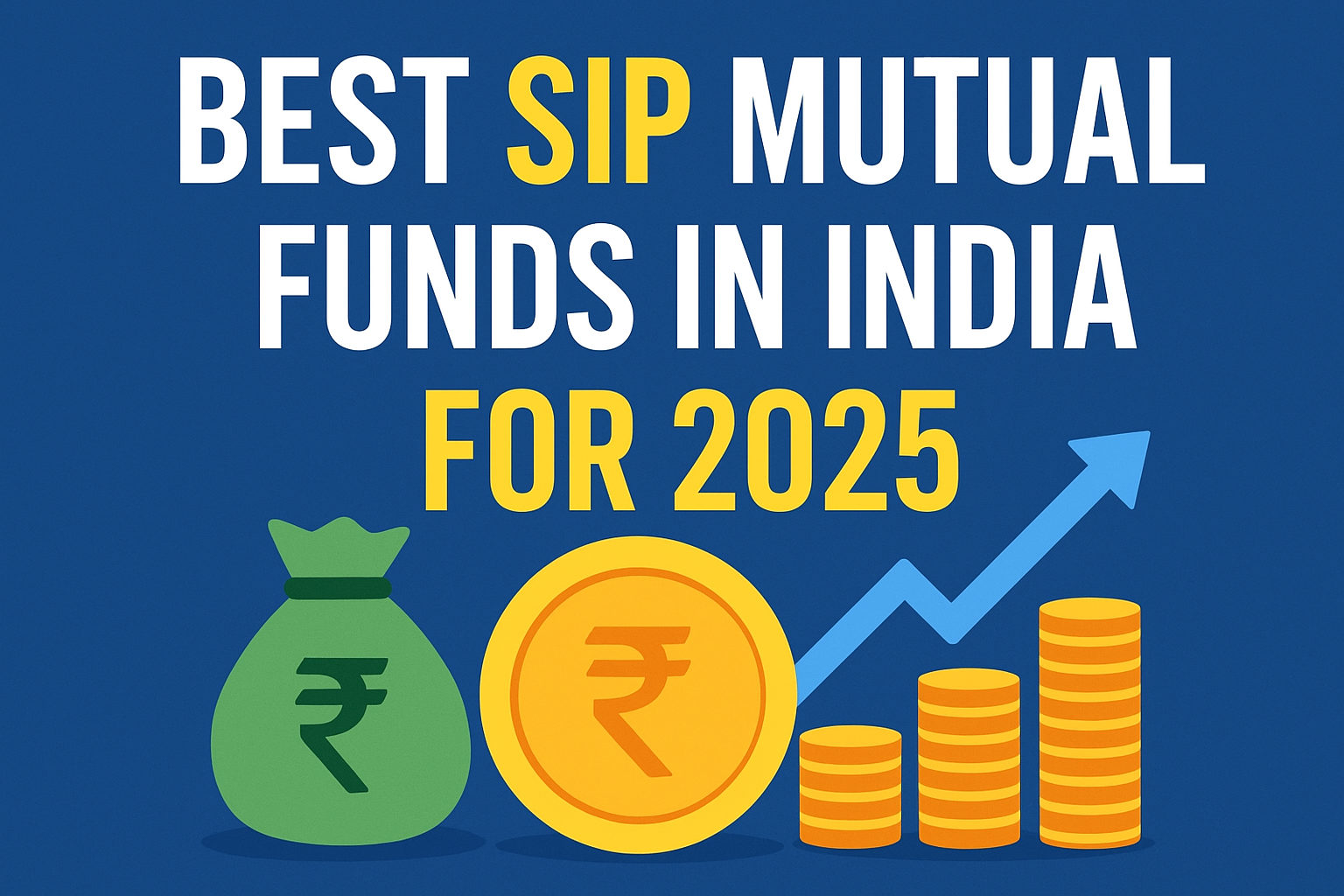Even though online transfers and UPI are popular today, cheques are still widely used for business, rent payments, and personal transactions. However, a cheque can sometimes be returned unpaid by the bank — a situation we often call a cheque bounce.
A bounced cheque not only delays payment but can also lead to penalties, damaged trust, and even legal action under the Negotiable Instruments Act, 1881.
Let’s break down the most common cheque bounce reasons according to official bank return codes, along with simple tips to avoid them.
1. Account Closed
If the person issuing the cheque has already closed their bank account, the bank will reject it immediately.
2. No Advice from Bank
Sometimes, the issuing bank hasn’t received the necessary internal instructions (called “advice”) to process the cheque.
3. Payee’s Name Missing
For most cheque types, the payee’s name must be written clearly. Without it, the bank won’t clear the payment.
4. Not Drawn on This Bank
If the cheque is presented to a bank where the issuer doesn’t hold an account, it will be returned.
5. At-Par Cheque — Present on Counter
Certain cheques are payable “at par” and must be presented over the counter at the issuing branch instead of through clearing.
6. Unnecessary or Extraneous Matter
Any extra writing, designs, or marks that are not part of the cheque’s official content may cause rejection.
7. Signature/Authority Not on Record
If the bank doesn’t have the authorised signatory’s specimen signature or mandate on file, the cheque will not pass.
8. Thumb Impression Not Attested
When a payee uses a thumb impression instead of a signature, it must be attested by a Magistrate or authorised banker.
9. Missing Clearing House Stamp
Some cheques require a clearing house stamp. If it’s missing, the cheque can’t move forward in processing.
10. Insufficient Funds
The most common reason — the account doesn’t have enough balance to cover the cheque amount.
11. Endorsement Needs Confirmation
If the cheque is endorsed (transferred) and the bank needs confirmation from the collecting bank, clearance may be delayed or denied.
12. Low Opening Balance
If the account’s opening balance is below the required limit, the bank may not honour the cheque.
13. Incorrect Encoding
Cheques are processed using MICR technology. If the encoding is wrong, the system will reject it.
14. Amount in Words and Figures Don’t Match
If there’s a mismatch between the written amount and the numerical figure, the bank cannot proceed.
15. Wrong Presentation Bank
Cheques must be presented through the correct bank or branch as specified.
16. Outstation Limit Exceeded
If the amount is higher than the allowed limit for outstation cheques, the bank will not process it.
17. Payable Only at a Specific Branch
Some cheques are marked as payable at a certain branch, and they must be deposited there only.
18. Revalidated Cheque — Present at Issuing Branch
A revalidated cheque is only accepted at the branch where it was issued.
19. Account Frozen
If the issuer’s account is frozen due to legal action, fraud investigation, or regulatory orders, no cheques will be cleared.
20. Please Present Again
Sometimes a cheque is returned simply because certain formalities or approvals are pending, and it can be resubmitted later.
How to Avoid Cheque Bounce Issues
- Keep sufficient funds in your account before issuing cheques.
- Write neatly without overwriting or adding unnecessary marks.
- Ensure your signature matches the bank’s records.
- Fill in all details completely — especially payee name and amount.
- Present the cheque within its validity period (currently 3 months in India).
Final Thought:
A bounced cheque isn’t just an inconvenience; in many cases, it’s a legal offence. By following basic precautions, you can ensure your cheque transactions remain smooth, hassle-free, and professional.







